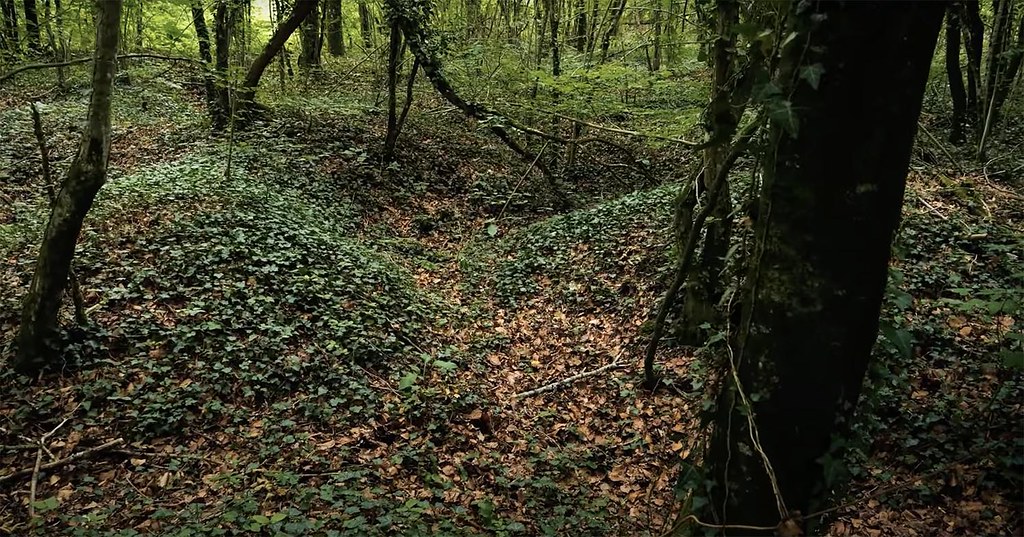The death tunnel of Tavannes and its tragic history of the World War I
The World War I was one of the most terrible episodes of the 20th century and of all human history, with some truly brutal battles.
One of the worst battles of that war took place in Verdun, in northern France, in 1916. It was a carnage that pitted the French and Germans, with more than 300,000 soldiers on each side. Many lives were lost in the horrific trench system in that area and in the artillery bombardments between both sides, but there was a very tragic event that occurred in a tunnel and was not the result of combat.

The Tavannes railway tunnel, 1,196 meters long and inaugurated in 1874, was an important supply route for the French position of Fort de Vaux, captured by the Germans in February 1916. Because of this , the northern exit of the tunnel was about 500 meters from the front line. Some 3,000 French soldiers used the tunnel as a refuge from German artillery attacks, crowding there in inhumane conditions.
On September 4, 1916, around 9:30 p.m., a fire broke out inside the tunnel. The investigation pointed to the accidental lighting of some flares as a possible cause. The fuel and ammunition stored in the tunnel exploded and the tunnel became an inferno. The fire was fueled by the air current entering through the tunnel. The disaster was of such magnitude that it was not possible to access the tunnel until a week later. More than 500 French soldiers died of suffocation or burning there.

After the war, the Tavannes tunnel was rebuilt and reinforced with concrete. In 1936 a second tunnel was opened right next door, a tunnel that is still used today. The original tunnel is abandoned and no longer has tracks. The History Underground has published an interesting video today in which it visits that tunnel:
You can see some screenshots from the video here. Here we see the forest near the tunnel, with the traces of an old trench from the First World War. The forest is still deformed by the artillery craters of the Battle of Verdun.

Near the tunnel you can also see these curious constructions. They are old French artillery ammunition depots from the First World War.

Near the northern side of the tunnel, a mass grave was discovered in 1944 with the bodies of 16 members of the French Resistance, 15 French and one Belgian, murdered by the German Gestapo. Near the tunnel there is a monument that remembers them.

This is the southern entrance to the original 1874 tunnel, where the 1916 accident occurred. On the right we can see the entrance to the 1936 tunnel.

|
Don't miss the news and content that interest you. Receive the free daily newsletter in your email: Click here to subscribe |
- Lo más leído
- A British fairytale ruin: the abandoned shoe house on the Isle of Wight
- The interior of the Statue of Liberty torch and the sabotage that canceled its visits
- A virtual tour of ancient Rome in full color, just as it was in its heyday
- The supermassive black hole of Phoenix A, the biggest known light-devouring monster
- The unknown Soviet female cosmonaut who died on a mission: history or hoax?
- A large collection of Volkswagen cars hidden in an abandoned mine in Switzerland
- An old Soviet military plane abandoned from 1971 on a Russian island near Alaska

 ES
ES





Opina sobre esta entrada: